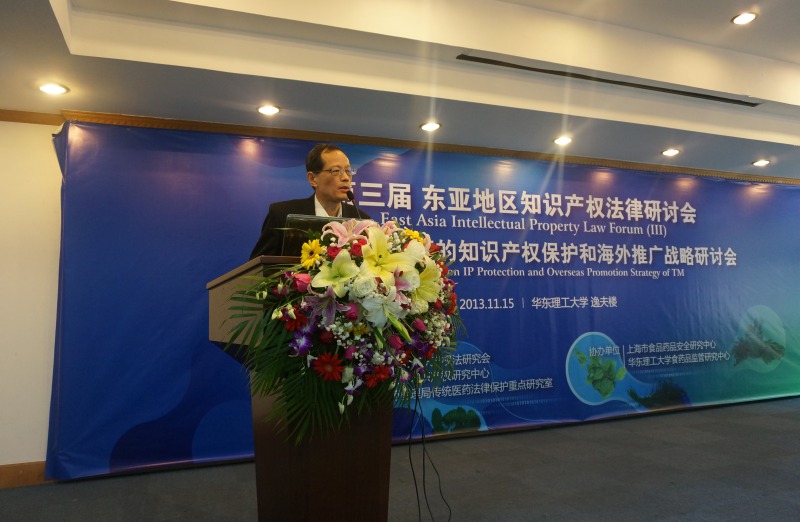A New Susceptibility Locus of Harelip be Found to Genetic Research
It is reported that the researchersfrom Nanjing Medical University, Tsinghua University and General Hospital of Ningxia Medical University has identified a new susceptibility locus ofnonsyndromic harelip by GWAS (Genome-Wide Association Study). Related researchresults have been published on NatureCommunications.
Congenitalharelip is one of the most common congenital malformation. It usually occurs in4-12 weeks of embryonic development and leads to deformity because of the riskfactors. The harelip can be divided into many kinds in genetics. So far, theetiology of nonsyndromic harelip remains unknown.Its incidence is 0.1% to 0.2% and the pathogenesis which is complex and hassignificant genetic heterogeneity is unknown.
Harelip patients not only have deficiencyin shape but also have disability in diet and language function. The defectsoften cause character flaw, affect the normal social interactions and reducethe quality of life. Moreover, the complicated treatment process, the longtreatment cycle and the huge cost would bring heavy burden to family andsociety and seriously impact the quality of the newborn. So it is veryimportant to find the cause of this disease and find the effective methods ofprevention.
This research showedthat the occurrence of nonsyndromic harelipwas the result of the combination of environment and genetic factors, but thegenetic factors may play a more important role.
The researchersinterpreted the genetic structure of nonsyndromicharelip in Chinese by 6 independent groups from China. By the comprehensiveanalysis, the researchers have identified a new locus relevant to nonsyndromicharelip. They have also confirmed that the other four loci whichreported beforewere related to the formation ofnonsyndromic harelip in Chinese.
Date:2015.4.8
Source:people.cn
next:The Genetic Association Between Myanmar and Southwest China Has Been Proved


